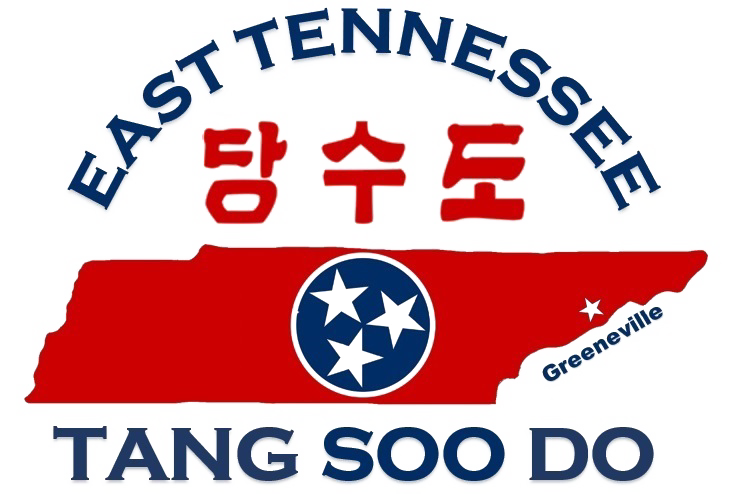There are many things students can practice at home. Practice makes better, we all know. Even black belts practice.
This month we’ll discuss Stances. Everyone needs to practice stances often. They can even be done in the course of everyday activities. I wash my dishes in back stance. Sometimes I walk down my hallway in front stance.
 Attention. Feet are together, hands are down the sides of the body. It is the same as a soldier stands at attention. The Korean term is cha ryut.
Attention. Feet are together, hands are down the sides of the body. It is the same as a soldier stands at attention. The Korean term is cha ryut.

Ready stance. Feet are shoulder width apart, toes straight forward. Hands are tight fists, punching down in front of the body. The Korean term is choon be.
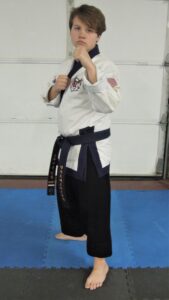 Fighting stance Stand comfortably with your side out to give your (invisible) opponent a smaller target and hold your hands up, in fists, defensively. Stay relaxed and light on your feet, ready to move quickly. The Korean term is deh ryun jaseh.
Fighting stance Stand comfortably with your side out to give your (invisible) opponent a smaller target and hold your hands up, in fists, defensively. Stay relaxed and light on your feet, ready to move quickly. The Korean term is deh ryun jaseh.
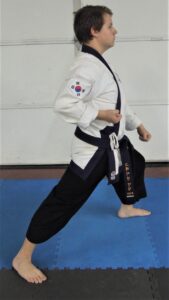
Front stance. Feet are shoulder width apart side to side and about two shoulder widths from front to back. The front knee is bent so you can see your toes but not your foot. The back leg is locked out straight. The Korean term is: chun kul jaseh.
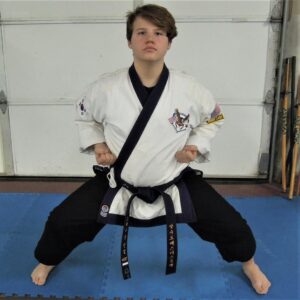 Horse stance. Feet are about two shoulder widths apart with the heels in line. Toes are pointed forward. Knees are bent and then pushed out like riding a horse. The Korean term is keema jaseh.
Horse stance. Feet are about two shoulder widths apart with the heels in line. Toes are pointed forward. Knees are bent and then pushed out like riding a horse. The Korean term is keema jaseh.
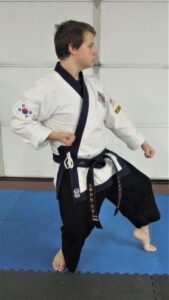 Back stance. First put your feet heel off heel in a capital L shape. Then take one foot and step out. This is your front foot. Place about 90% of your weight on your back foot. When you pick up your front foot your body should not move. If it does, you do not have enough weight on your back foot; keep trying. Both knees should be bent and at a 90 degree angle to each other. The Korean term is hu gul jaseh.
Back stance. First put your feet heel off heel in a capital L shape. Then take one foot and step out. This is your front foot. Place about 90% of your weight on your back foot. When you pick up your front foot your body should not move. If it does, you do not have enough weight on your back foot; keep trying. Both knees should be bent and at a 90 degree angle to each other. The Korean term is hu gul jaseh.
There are several other more advanced stances, such as kyo sa rip jaseh and sa ko rip jaseh, cross legged stance and side stance respectively
